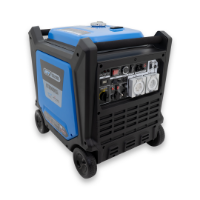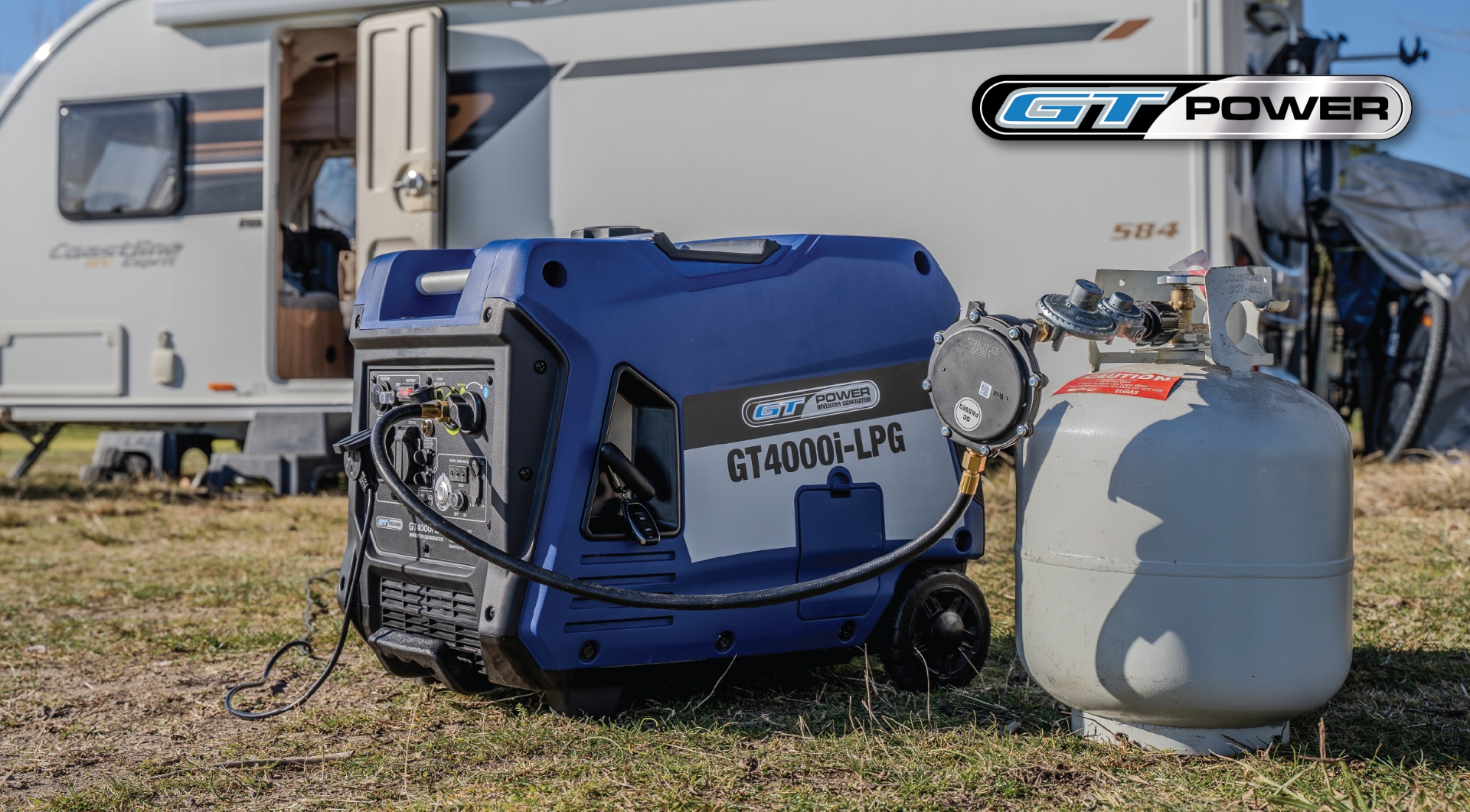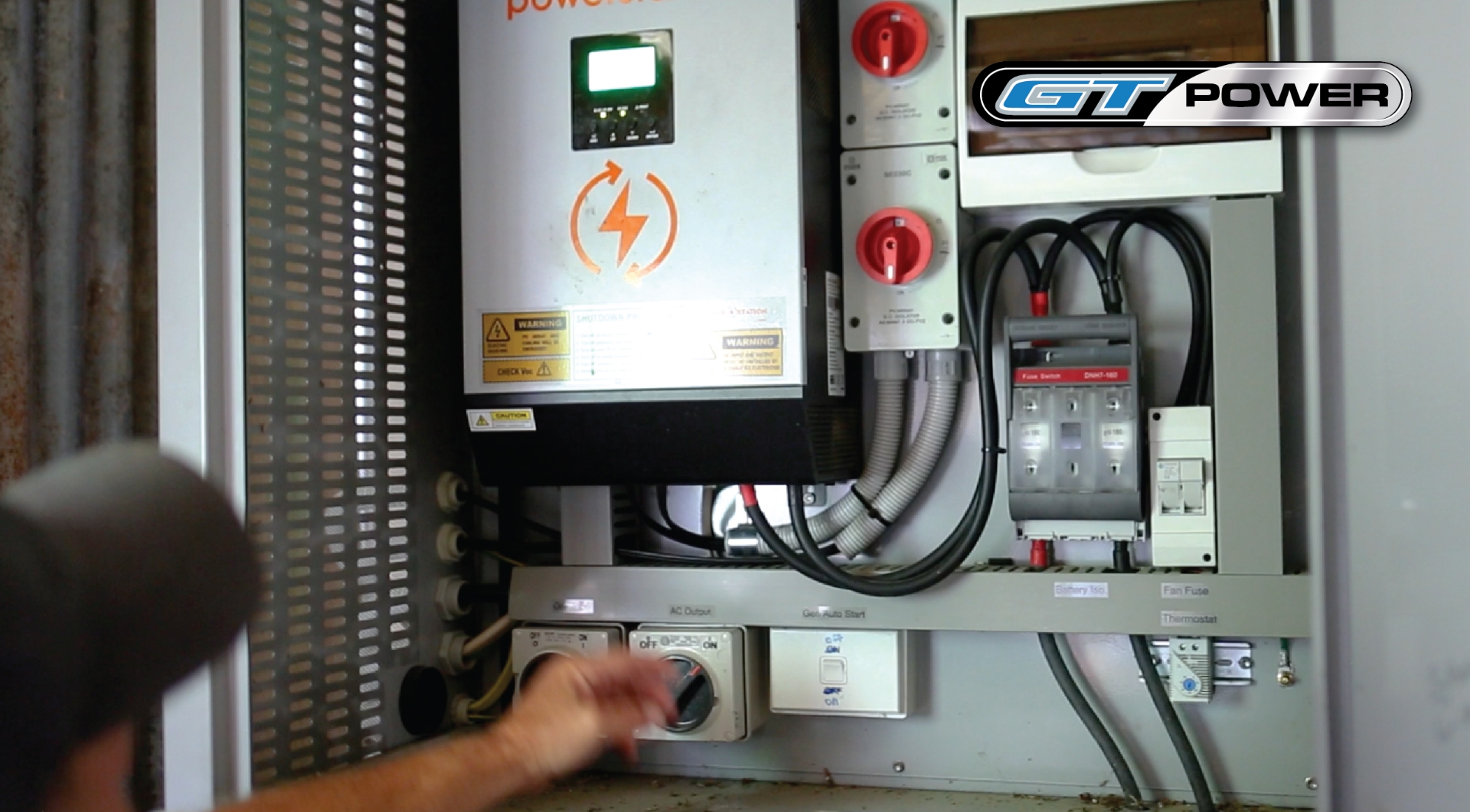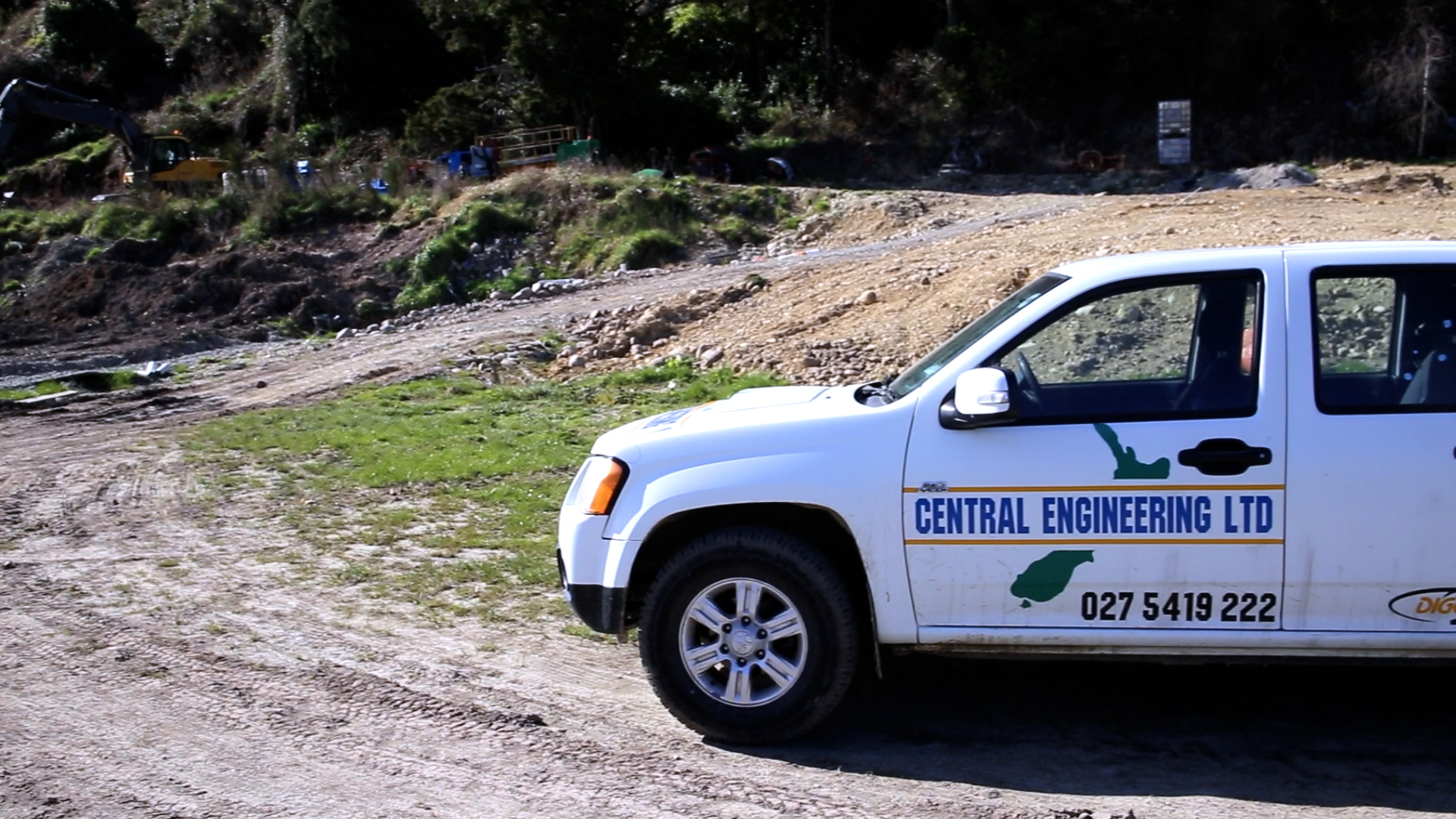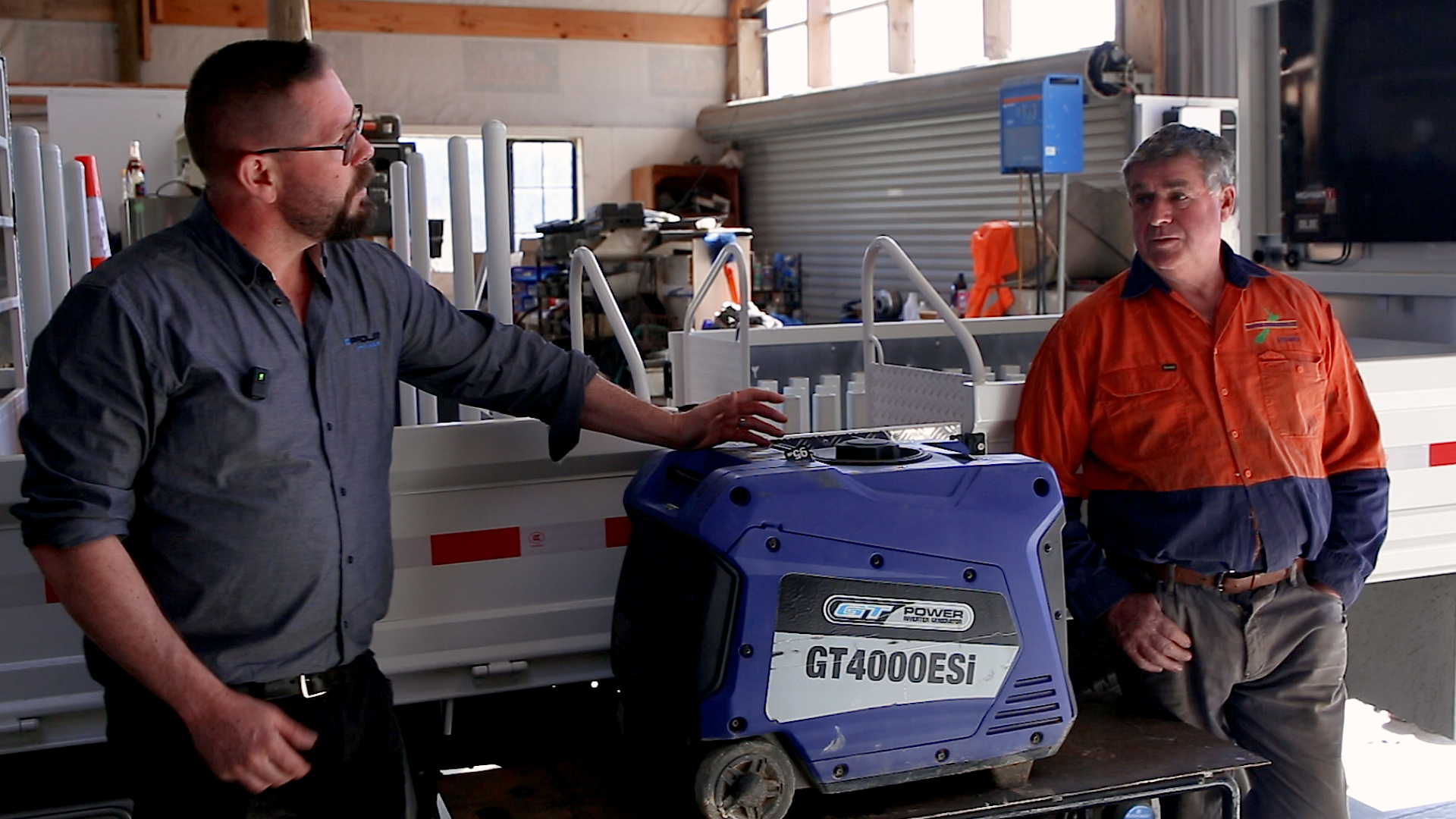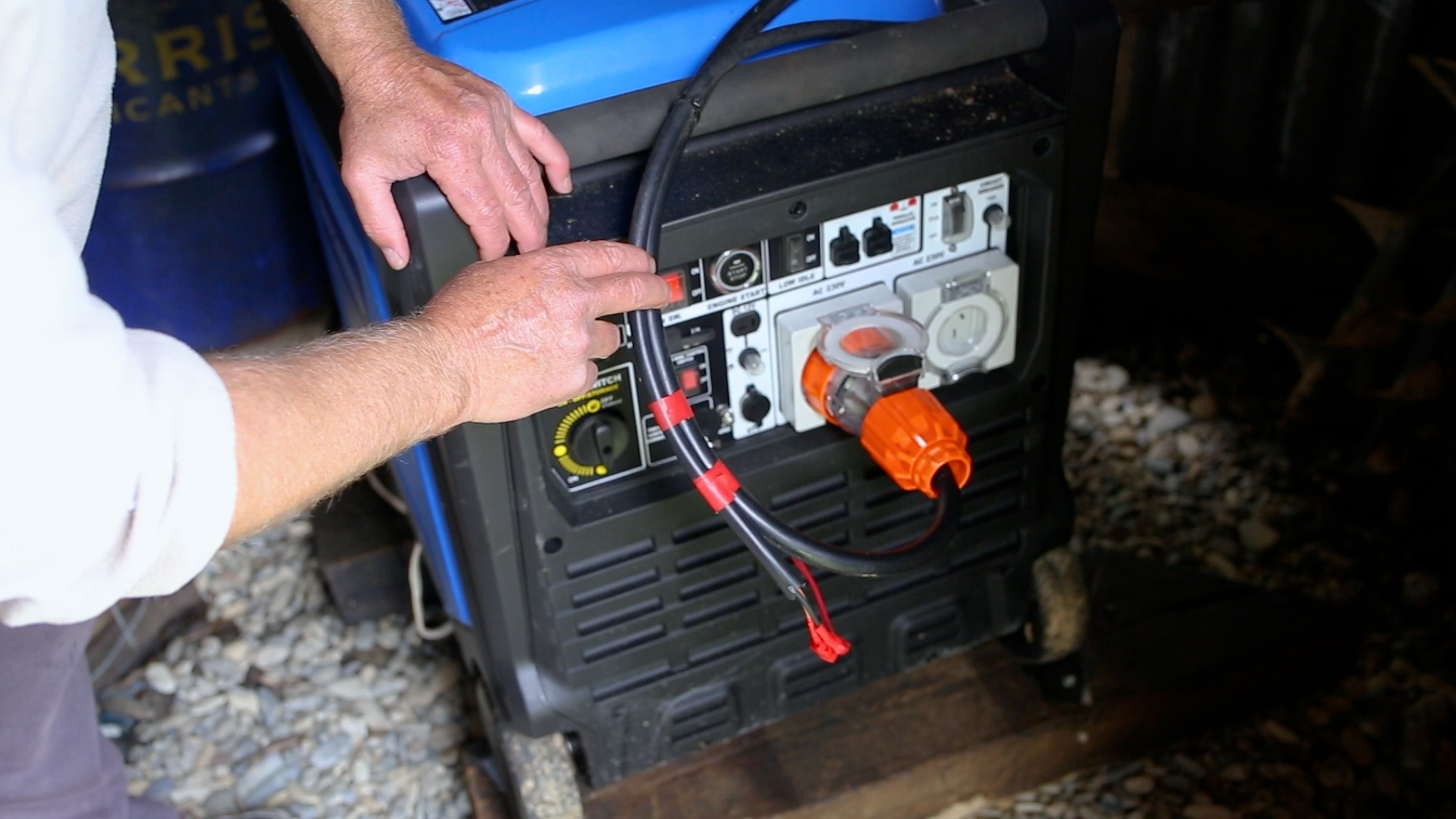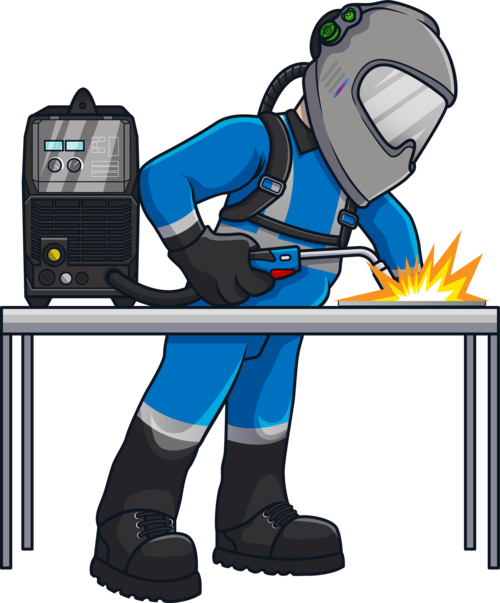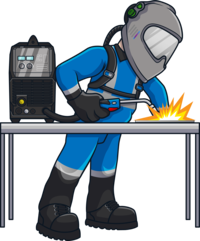Table of Contents
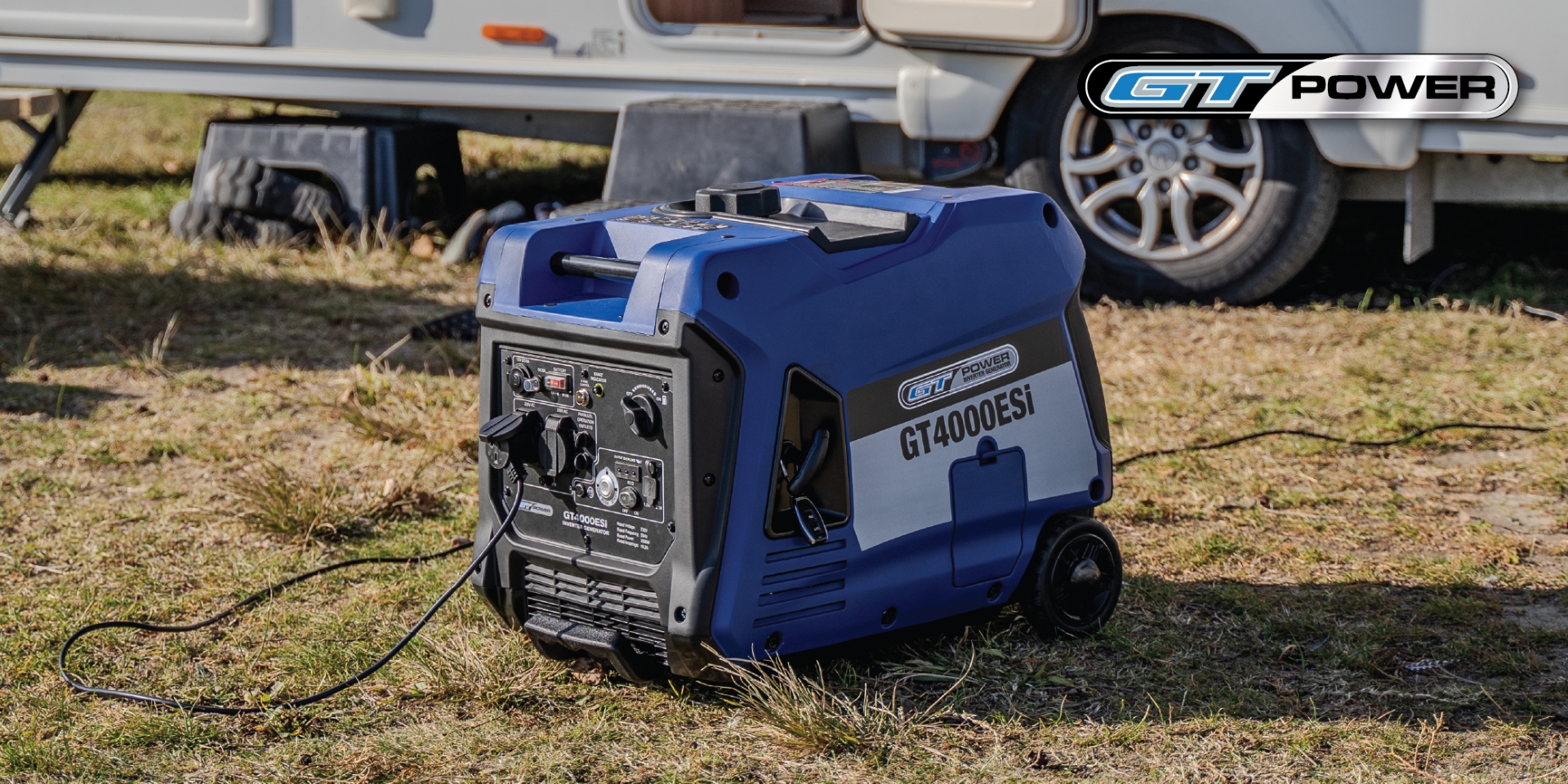
Portable generators are vital in many New Zealand homes, workshops, and industrial sites. They’re not just a convenience during power outages—they’re often essential for job site continuity, tool operation, or ensuring safety systems remain active when the grid fails. However, as with any powerful equipment, generators carry safety risks that must be managed appropriately.
Whether you're a welder in a remote location or a workshop owner preparing for storm season, understanding how to operate your generator safely can prevent injury and property damage and even save lives. This blog outlines key risks and the actions you can take to reduce them in line with best practices and compliance standards.
Understanding Generator Hazards
Portable generators pose three significant safety risks:
Carbon Monoxide (CO) Poisoning
The most serious hazard is carbon monoxide exposure. CO is an invisible, odourless gas released during fuel combustion. Even short-term inhalation in enclosed or poorly ventilated areas can lead to severe illness or death.Electrical Hazards
High-voltage electricity generated during operation can be fatal if mishandled. Electrocution is a risk of faulty wiring, incorrect extension leads, or backfeeding into the building’s supply.Fire and Explosion Risks
Generators use flammable fuels such as petrol, diesel, or LPG. If these fuels are improperly stored, spilt, or refuelled near hot surfaces, the outcome could be disastrous.
Carbon Monoxide Poisoning Prevention
CO poisoning is often silent and sudden. It occurs when generators are operated in garages, sheds, under awnings, or even too close to building ventilation. CO lingers and builds up quickly, unnoticed until symptoms set in.
Warning signs include:
- Dizziness
- Headaches
- Shortness of breath
- Confusion or nausea
- Blurred vision or fainting
To prevent exposure:
- Continuously operate outdoors: Generators should never be used in enclosed or semi-enclosed spaces, including garages, sheds, or under awnings.
- Maintain proper distance: Keep the generator at least 6 metres away from buildings, ensuring exhaust fumes do not enter through windows or vents.
- Use carbon monoxide detectors: Install battery-backed CO detectors in homes and workplaces to provide early warnings.
- Recognise symptoms: Signs of CO poisoning include headaches, dizziness, nausea, and confusion. If symptoms occur, move to fresh air immediately and seek medical attention.
- Regular maintenance: A well-maintained generator produces fewer emissions—schedule routine servicing to ensure safe operation.
- Ventilation matters: When operating outdoors, avoid placing the generator near air intake systems that could draw fumes indoors.
- Use CO alarms with alerts: Consider using smart CO alarms that send notifications to mobile devices in case of a detected leak.
Immediate medical attention is required if CO symptoms are present. Fresh air and urgent action can save lives.
Electrical Hazard Prevention
Generators produce high-voltage electricity, leading to serious injuries if misused. The most common risks are poor connections, wet environments, or unauthorised system tie-ins. To minimise risks:
- Use the right extension cords: To connect appliances, use heavy-duty, outdoor-rated extension cords with an intact earth pin.
- Keep the generator dry: Never operate it in wet conditions unless a weatherproof enclosure covers it.
- Avoid backfeeding: Never plug a generator into a household power outlet. This can send electricity back into the grid, endangering utility workers and damaging electrical systems.
- Ensure professional installation for backup power: Professional installation is vital when using a generator as a backup power source in a building. A licensed electrician must install an approved transfer switch to comply with New Zealand electrical codes and ensure safe isolation from the grid.
- Regularly inspect electrical components: Before each use, check cords, plugs, and connections for damage. Faulty wiring can increase the risk of shocks and fires.
- Use surge protectors: Generators can produce power surges. Using a surge protector can safeguard sensitive electronic equipment from damage.
Fire and Explosion Risk Reduction
Since generators rely on flammable fuels, fire safety precautions are essential:
- Refuel safely: Always turn off and allow the generator to cool before refuelling to prevent accidental ignition.
- Store fuel properly: Keep fuel in approved, labelled containers away from heat sources and living spaces.
- Clean up spills immediately: Any spilt fuel should be wiped up and properly disposed of to avoid fire hazards.
- Have a fire extinguisher nearby: Keep an appropriate fire extinguisher within reach when using a generator.
- Avoid using petrol generators on boats: Petrol vapours can accumulate in enclosed spaces, creating explosion risks.
- Check ventilation around fuel storage areas: Proper ventilation can prevent dangerous fuel vapour buildup.
- Use only manufacturer-recommended fuels: Different generator models require specific fuel types for safe and optimal operation.
Connecting a Generator to Your Home or Business
Improperly connecting a generator to a building’s electrical system can result in severe risks. Key considerations include:
- Isolation from main power: A generator must be disconnected from the primary power grid to prevent backfeeding.
- Installation of a transfer switch: A break-before-make changeover switch ensures seamless and safe transitions between mains and generator power.
- Correct cable selection: A steel-armoured cable is recommended to protect the connection between the generator and the transfer switch, as your household RCD does not protect them.
- Grounding requirements: A low-impedance earth spike is required to ground the generator to prevent electrical hazards safely.
- Compliance with safety regulations: All work must comply with local building codes and New Zealand electrical regulations to ensure safe and legal operation.
- Verify load capacity before connection: Understanding the generator’s wattage limits can prevent overloads and damage.
- Label power circuits clearly: In emergencies, clearly marked circuits help prevent confusion when switching between power sources.
Case Study: GT8000ESI Powers a Home in the Marlborough Sounds
A compelling example of safe and effective generator use comes from Charlie, a Marlborough Sounds resident who has embraced off-grid living. After moving permanently to this remote location, Charlie and his wife initially depended solely on a generator. However, they soon realised the limitations of this setup for daily living and transitioned to a solar power system with generator backup.
When selecting a generator to support their new solar-based power system, Charlie compared several models and chose the GT Power GT8000ESI. His reasons were clear—the GT offered comparable features to higher-priced units like the Honda EU70IS but better overall value. The GT8000ESI is fully integrated into their energy setup and is a reliable standby power source.
This generator features a two-wire auto-start system linked to the inverter, ensuring batteries are automatically topped up when solar input is low. Charlie describes the experience as seamless, stating it “feels like being connected to the grid.” Its quiet performance has impressed the couple, especially compared to previous machines that were much noisier. Charlie remarked, “You have to open the door and listen to hear that it’s going.”
The GT8000ESI’s inverter technology provides stable and clean power, making it safe for use with sensitive electronics and battery systems. It also includes a smart throttle that adjusts the engine speed to match power demand, improving fuel efficiency—a vital consideration for remote living. Charlie reports that the generator consumes just two to three litres of fuel to fully recharge its batteries in under two hours.
The GT8000ESI has proven itself an “invisible giant” in Charlie’s off-grid setup, delivering reliability, efficiency, and peace of mind. It is a testament to how the right generator can become an integral part of sustainable living when installed and used correctly.
Watch Charlie’s full video HERE
General Generator Safety Best Practices
Adopting general safety measures can significantly enhance safe generator use:
- Read the manufacturer’s manual: Familiarise yourself with operational guidelines before using the generator.
- Perform routine maintenance: Regular servicing helps maintain efficiency and prevents safety issues.
- Inspect before use: Check for leaks, worn-out components, and damaged wiring before each operation.
- Avoid operating when fatigued or impaired: Generators should never be handled by individuals under the influence of alcohol, drugs, or extreme fatigue.
- Keep children and pets away: Generators should be operated in a controlled environment, away from unauthorised access.
- Develop an emergency plan: Have procedures to handle generator malfunctions or accidents.
- Store generator tools and accessories nearby: Having essential tools and spare parts on hand can assist in quick troubleshooting.
- Be prepared for extended outages: If using a generator for long-term backup, ensure you have enough fuel and maintenance supplies.
Portable generators are powerful tools – but they demand respect. By implementing the proper safety measures, operators can significantly reduce risk and get reliable power when it matters most. Whether running a welding bay, managing a job site, or preparing your home for outages, generator safety should always be on your mind.
Considering a generator for your home, workshop, or off-grid setup?
Explore Proline Industrial’s full range of high-performance generators, including the GT8000ESI. With dependable features and proven results, our equipment is trusted by Kiwis in the country’s most demanding environments.













































